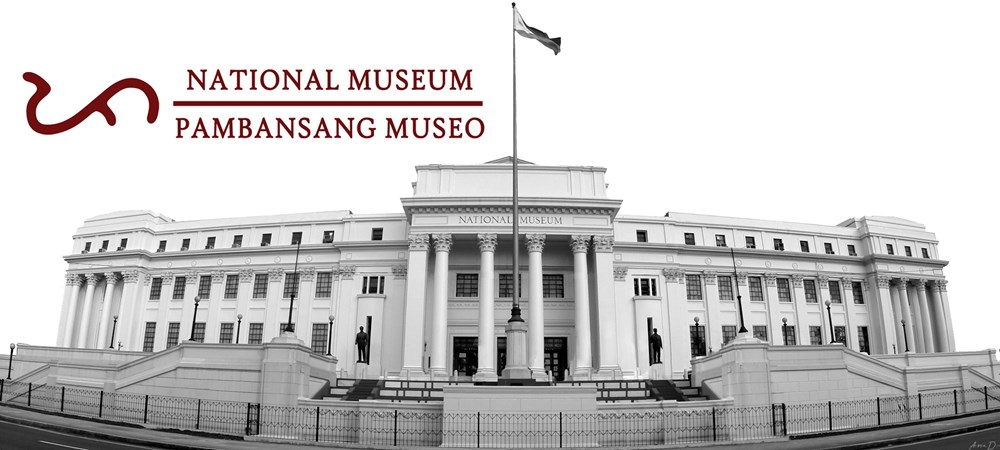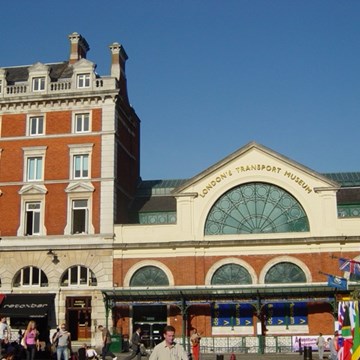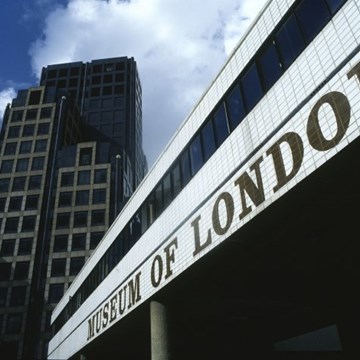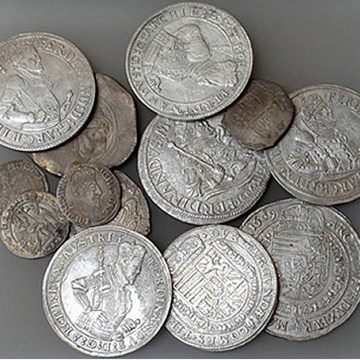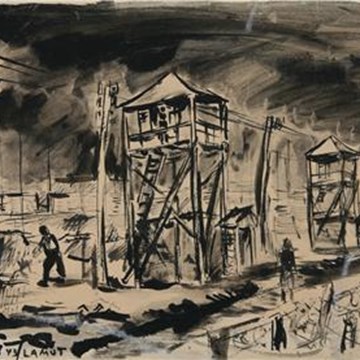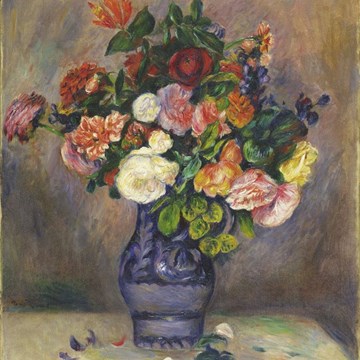National Museum of the Philippines
The National Museum of the Philippines traces its history to the establishment of the Museo-Biblioteca de Filipinas, established by a Royal Order of the Spanish Government on August 12,1887 but was abolished in 1900 at the onset of the American occupation of the Philippines. And by October 29, 1901, the Insular Museum of Ethnology, Natural History and Commerce is considered to be the direct precursor of the National Museum.
The National Museum, a Trust of the Government, is an educational, scientific and cultural institution that acquires, documents, preserves, exhibits, and fosters scholarly study and public appreciation of works of art, specimens, and cultural and historical artifacts representative of the unique cultural heritage of the Filipino people and the natural history of the Philippines. It is mandated to establish, manage and develop museums comprising the National Museum Complex and the National Planetarium in Manila, as well as regional museums in key locations around the country.
In addition, there are over 10 branches of the National Museum located in all regions of the country, representing the origins and visual representations of Philippine culture. The National Museum manages and develops the national reference collections in the areas of cultural heritage (fine arts, anthropology and archaeology) and natural history (botany, zoology,and geology and paleontology), and carries out permanent research programs in biodiversity, geological history, human origins, pre-historical and historical archaeology, maritime and underwater cultural heritage, ethnology, art history, and moveable and immoveable cultural properties. Appreciation of the collections and research findings of the Museum, as well as technical and museological skills and knowledge, are disseminated through exhibitions, publications, educational, training, outreach, technical assistance and other public programs. The National Museum also implements and serves as a regulatory and enforcement agency of the Government with respect to a series of cultural laws, and is responsible for various culturally significant properties, sites and reservations throughout the country. It is the lead agency in the official commemoration of Museums and Galleries Month, which is the month of October, every year.
Exhibitions and events
We don't have anything to show you here.
Educational programs
We don't have anything to show you here.
Collections
We don't have anything to show you here.




